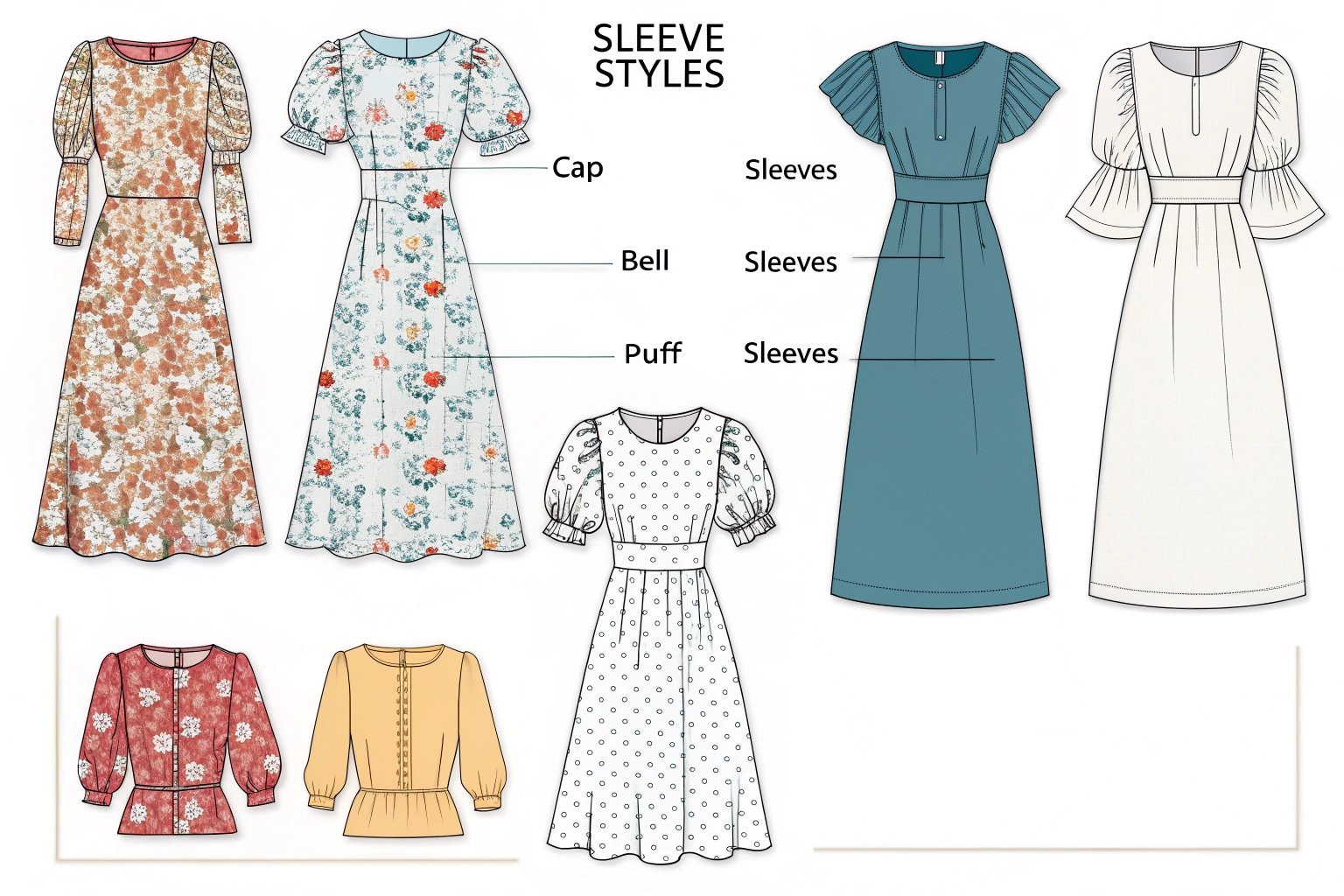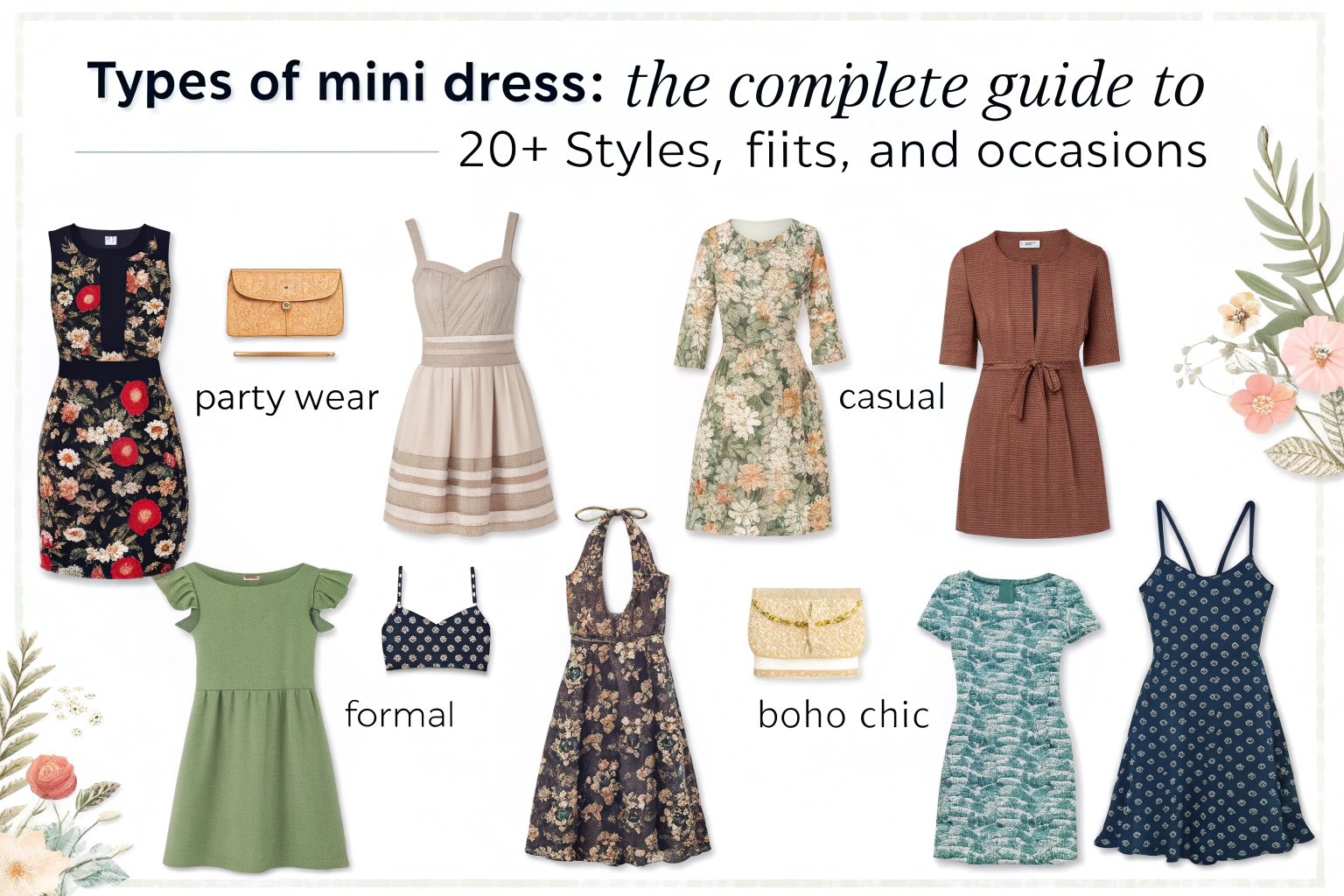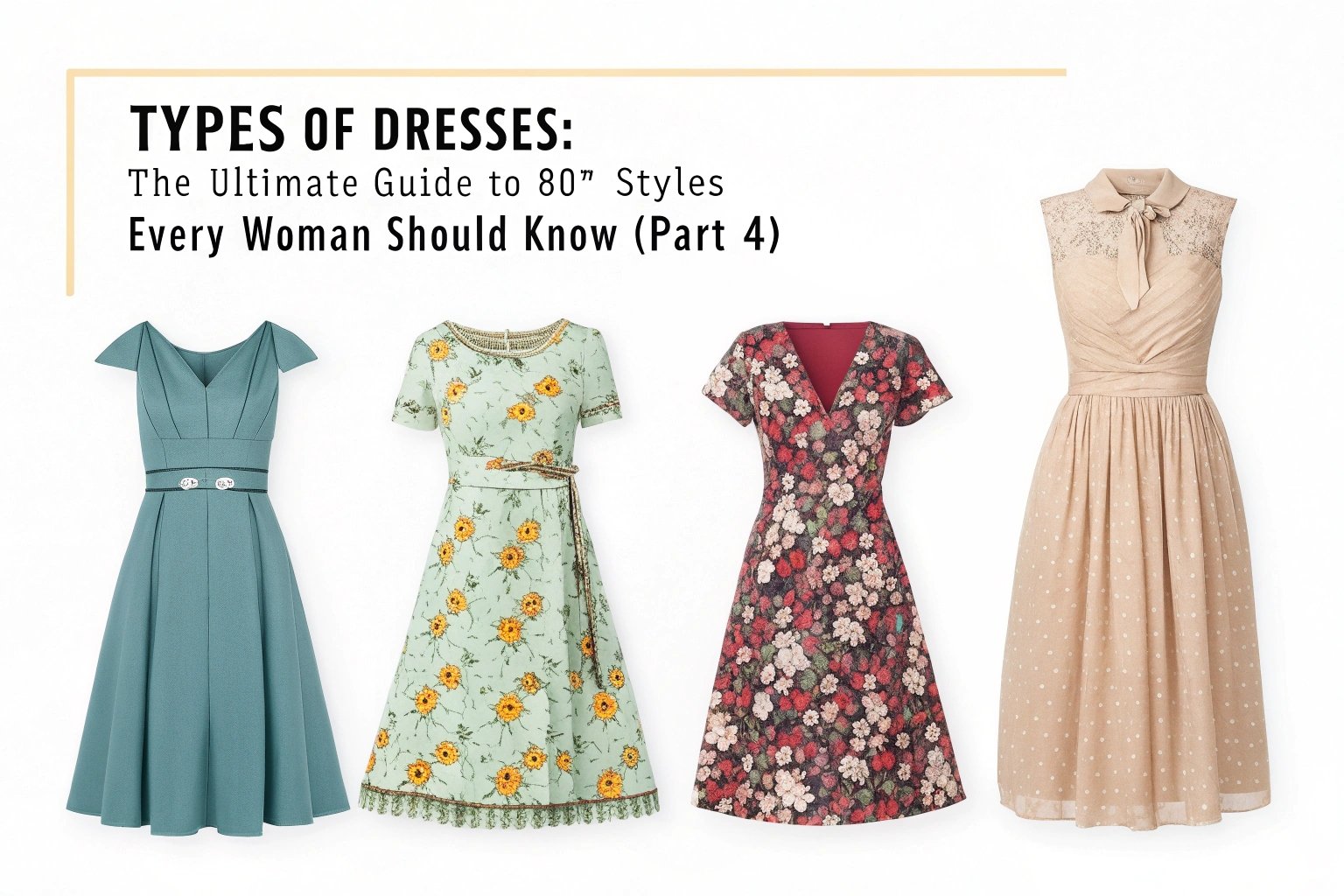A nightgown isn’t just sleepwear—it’s a personal comfort statement. At Xzapparel, where we work with sleepwear buyers across global markets, one question comes up frequently: What fabric actually works best for a nightgown?
The best cloth for a nightgown depends on climate, body sensitivity, seasonality, and target price point—but popular choices include cotton, modal, silk, viscose, and rayon blends.
Let’s break down how to choose the right fabric depending on use, audience, and performance.
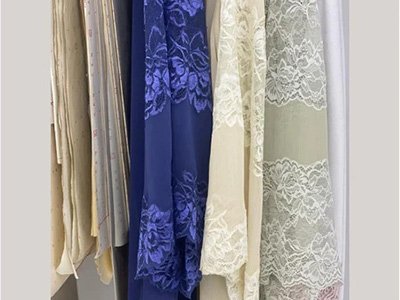
What makes a fabric suitable for nightgowns?
Not every fabric qualifies.
Ideal nightgown fabrics must offer softness, breathability, non-irritating touch, and low-maintenance care while also looking visually elegant.
Evaluation Criteria
- Soft handfeel against skin
- Good airflow to reduce sweating
- Low weight and fluid drape
- Easy to wash, wrinkle-resistant
- Skin-friendly (especially for eczema-prone)
Buyers who work with us often prioritize touch and drape first, then align with cost.
Is cotton a good choice for nightgowns?
Yes, especially for daily use.
Cotton is breathable, affordable, and soft. Organic or combed cotton offers even smoother finishes ideal for nightwear basics.
Cotton Fabric Types
| Type | Benefits |
|---|---|
| Combed Cotton | No short fibers, softest surface |
| Organic Cotton | Non-irritant, pesticide-free |
| Jersey Knit Cotton | Stretchy, great drape, everyday style |
| Muslin Cotton | Light, airy, casual styling |
At Xzapparel, jersey cotton remains our most popular fabric for loungewear and relaxed sleepwear sets.

How does modal compare to cotton for nightgowns?
It’s softer, stretchier, and more upscale.
Modal is a semi-synthetic derived from beech trees that’s prized for its buttery handfeel and body-skimming drape.
Why Modal Works
- 50% more absorbent than cotton
- Great for humid climates
- Drapes like silk, washes like cotton
We use modal in premium nightwear lines where a luxury-but-practical feel is key.
What about silk and satin fabrics?
Perfect for premium or romantic nightwear.
Silk offers the ultimate in touch luxury, while satin gives similar shine at a lower cost—both ideal for special occasion nightgowns.
Comparison Table
| Fabric | Texture | Pros | Cons |
|---|---|---|---|
| Silk | Soft, cool | Luxurious, thermoregulating | Expensive, delicate care |
| Satin | Smooth, shiny | Affordable glamour | Synthetic variants can trap heat |
Silk blends with modal or viscose are popular for maintaining softness while reducing cost.
Is viscose a good fabric for nightgowns?
Yes, especially in blends.
Viscose, made from cellulose, mimics silk’s drape and cotton’s comfort. When blended with elastane or modal, it becomes an ideal nightgown material.
Viscose Benefits
- Silky surface and great dye receptivity
- Breathable and gentle on skin
- Lightweight and flowy
We often recommend viscose blends for mid-range sleepwear collections targeting comfort-focused women.
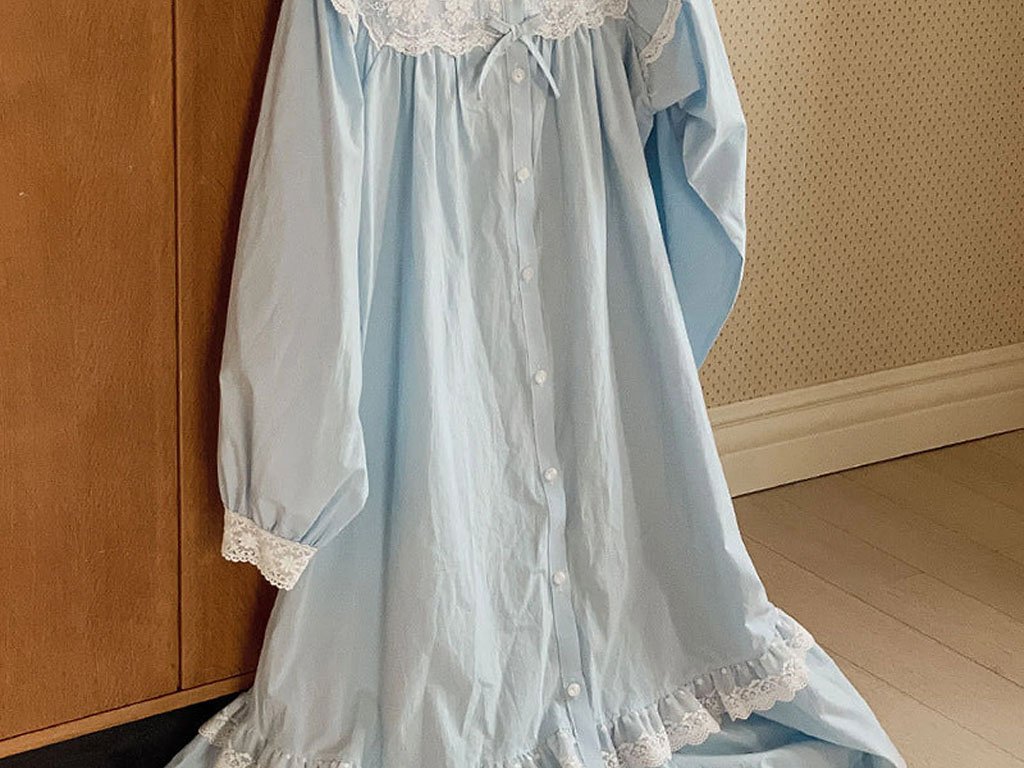
What about flannel or fleece for colder climates?
They’re perfect for winter collections.
Brushed cotton flannel and polyester fleece are cozy and warm, ideal for colder seasons or markets in northern regions.
Winter Fabric Comparison
| Fabric | Warmth | Softness | Weight | Ideal Use |
|---|---|---|---|---|
| Flannel | High | High | Medium | Traditional sets |
| Fleece | Very High | Medium | Heavy | Robes, lounge gowns |
Our North American buyers often order brushed flannel gowns for Q4 retail peaks.
What about bamboo fabric?
It’s trending for good reasons.
Bamboo viscose is ultra-soft, naturally antibacterial, and highly breathable—perfect for eco-conscious nightwear lines.
Bamboo Viscose Highlights
- Thermal regulating (cool in summer, warm in winter)
- Hypoallergenic, ideal for sensitive skin
- Sustainable credentials
We’ve seen a spike in bamboo nightgown inquiries from wellness-focused boutique brands in the U.K. and Australia.
How does rayon perform as a nightgown material?
Surprisingly well.
Rayon, though synthetic, mimics natural fabric behavior with great softness and visual appeal—often used in printed and flowy nightgown styles.
Key Features
- Excellent dyeing properties
- Ideal for drapey and feminine silhouettes
- Should be handled with care (can shrink or wrinkle)
Rayon blends are widely used in printed boho or tropical-themed nightgown collections.

Which fabrics are easiest to care for?
That’s essential for long-term wear.
Cotton, modal, and most rayon blends offer machine-washable care—while silk and pure viscose may require gentle cycles or hand washing.
Wash Care Overview
| Fabric | Care Instructions |
|---|---|
| Cotton | Machine wash, tumble dry low |
| Modal | Cold wash, air dry |
| Silk | Hand wash or dry clean |
| Bamboo | Cold wash, low iron |
| Rayon | Gentle wash, avoid wringing |
We include fabric-specific care labels to reduce shrinkage and complaints.
Conclusion
The best fabric for a nightgown depends on your customer’s climate, price point, aesthetic, and usage scenario. Cotton and modal win for daily wear. Silk and satin elevate the look. Bamboo and viscose offer balance and eco-appeal. At Xzapparel, we help brands navigate this material matrix to deliver comfort, elegance, and durability.
Want a tailored nightwear capsule with premium fabrics and scalable sourcing? Let’s plan your next drop together.


